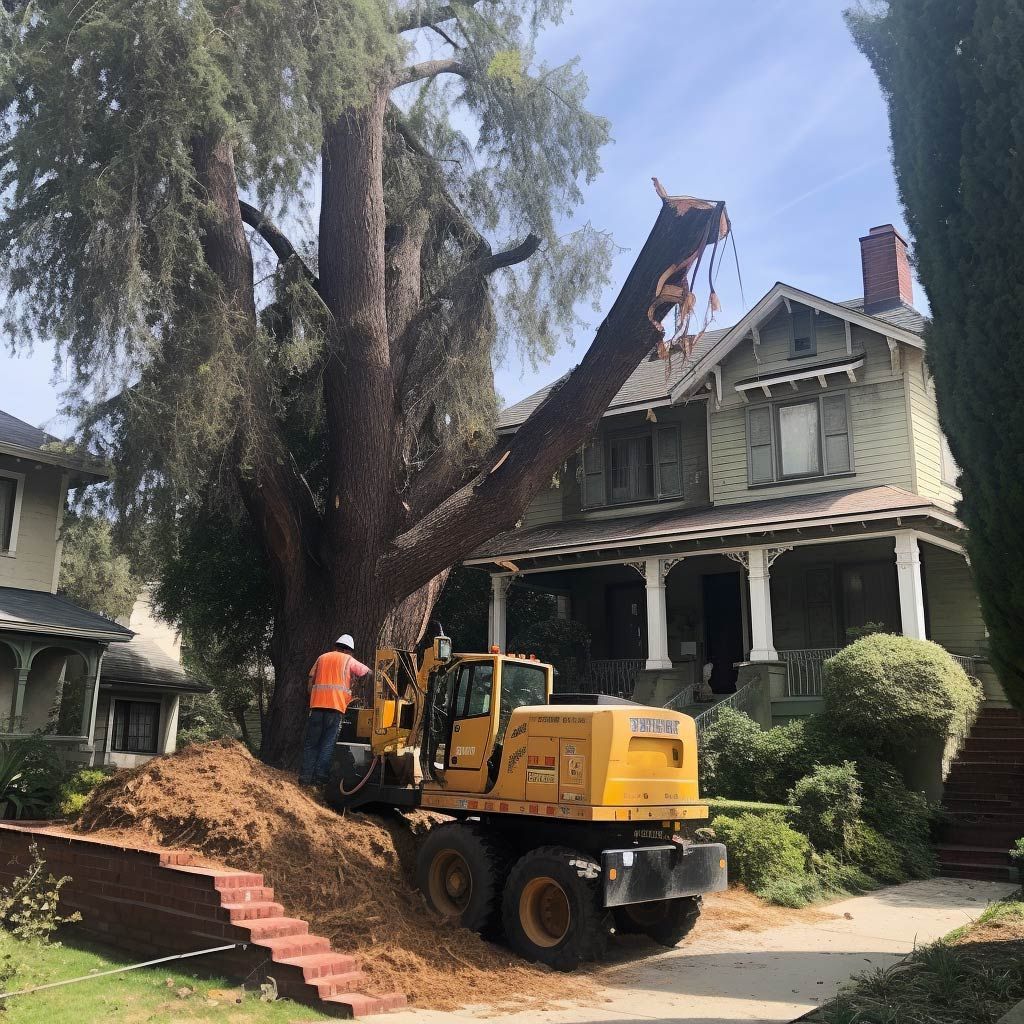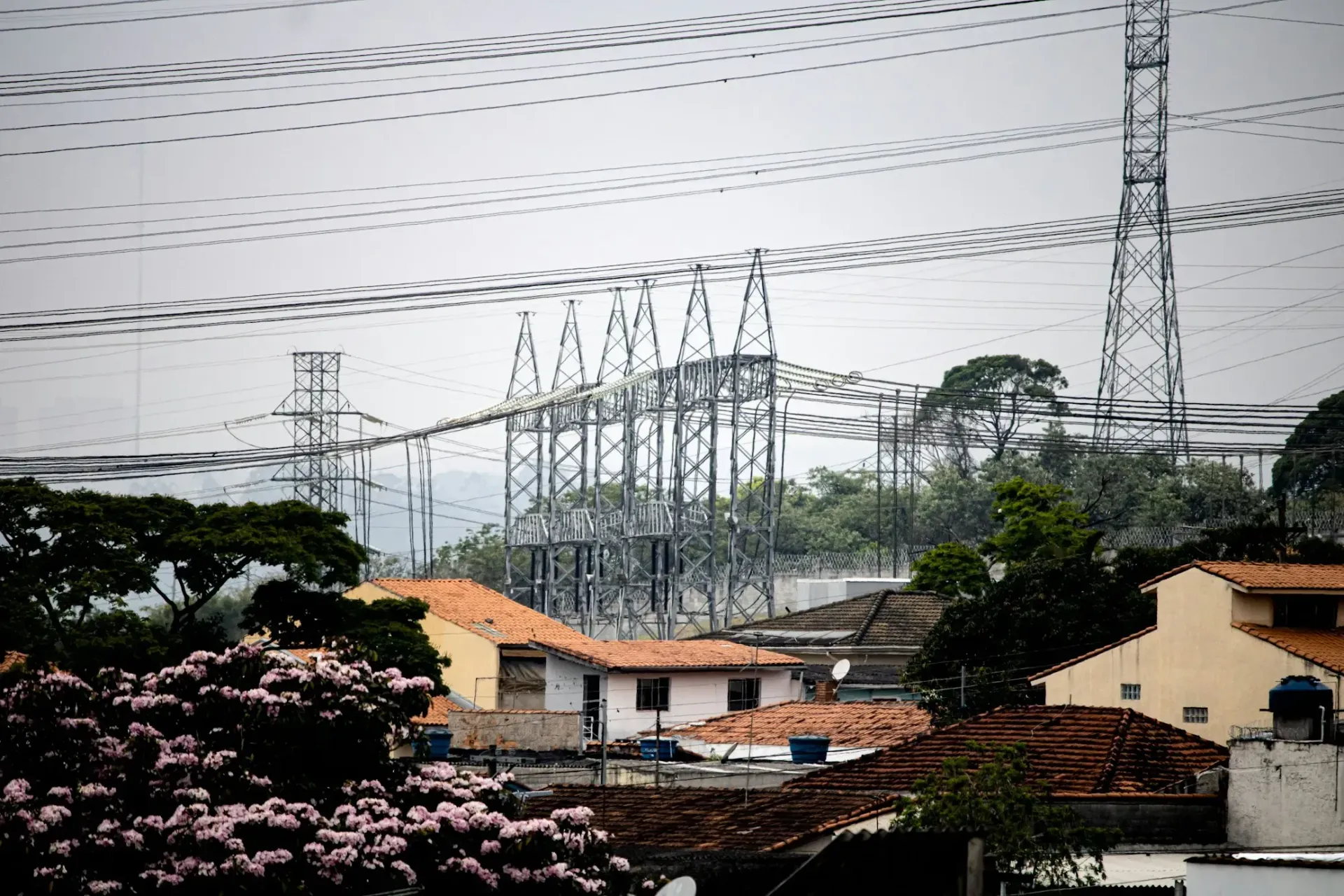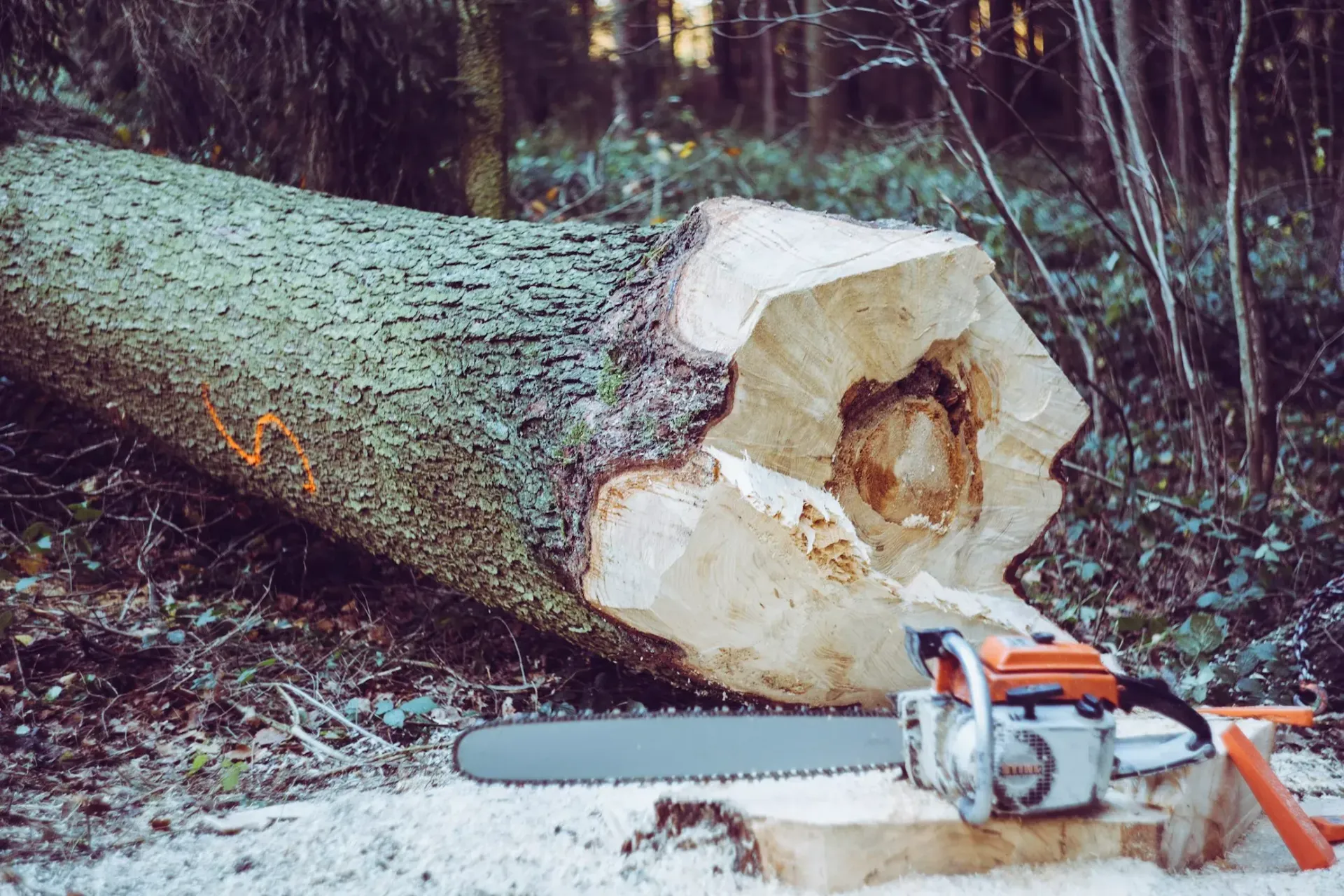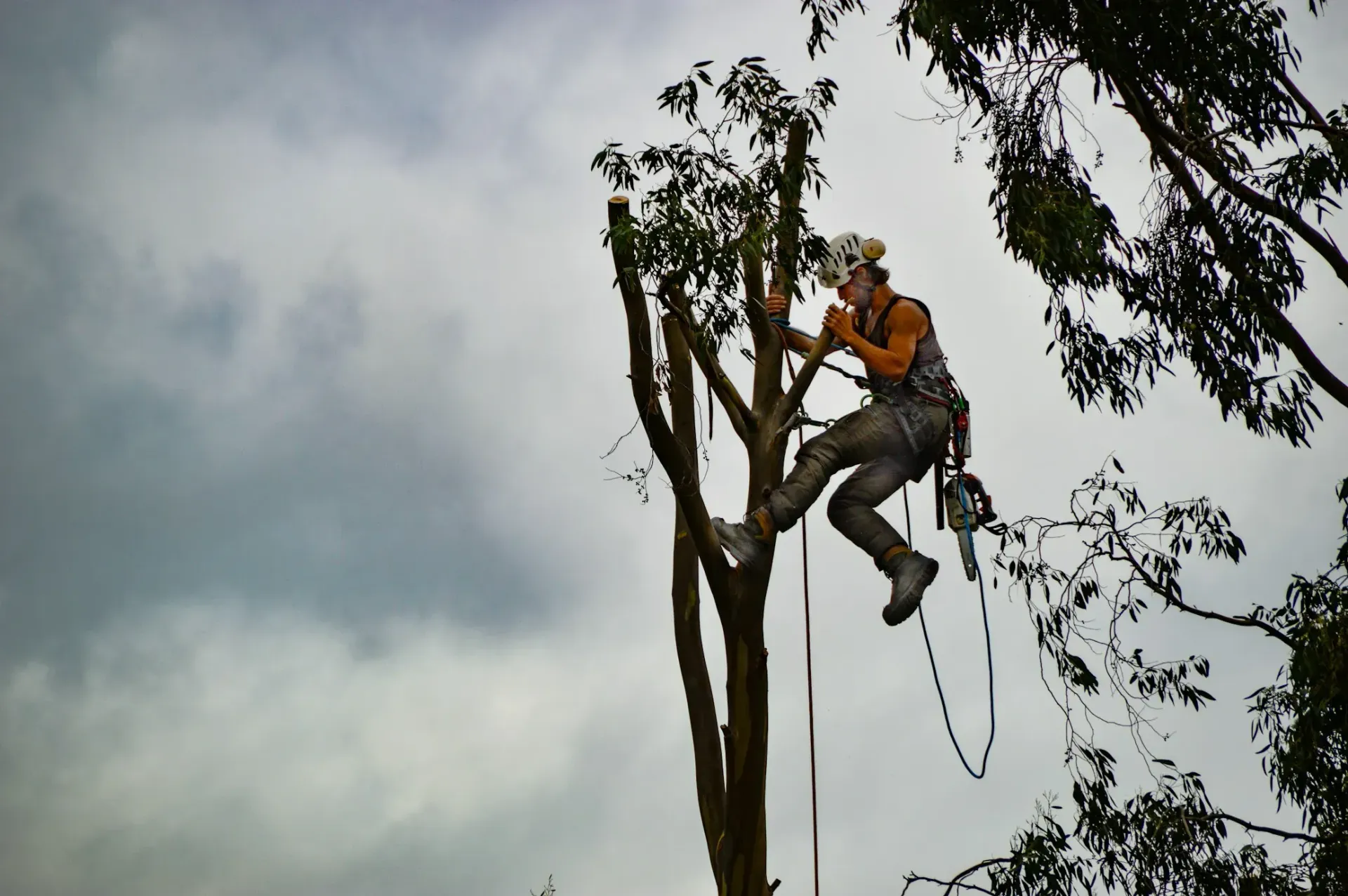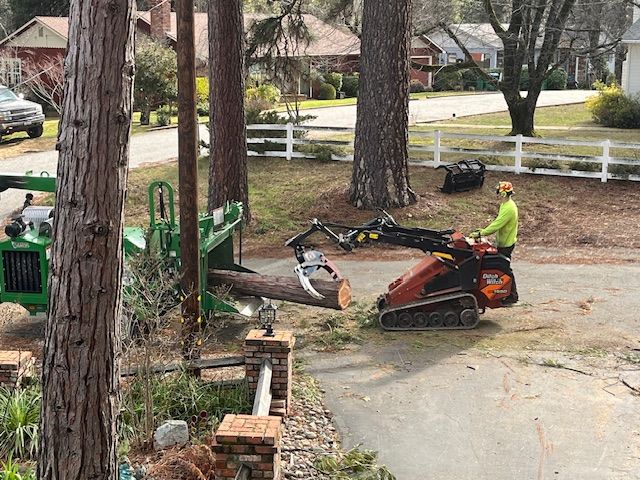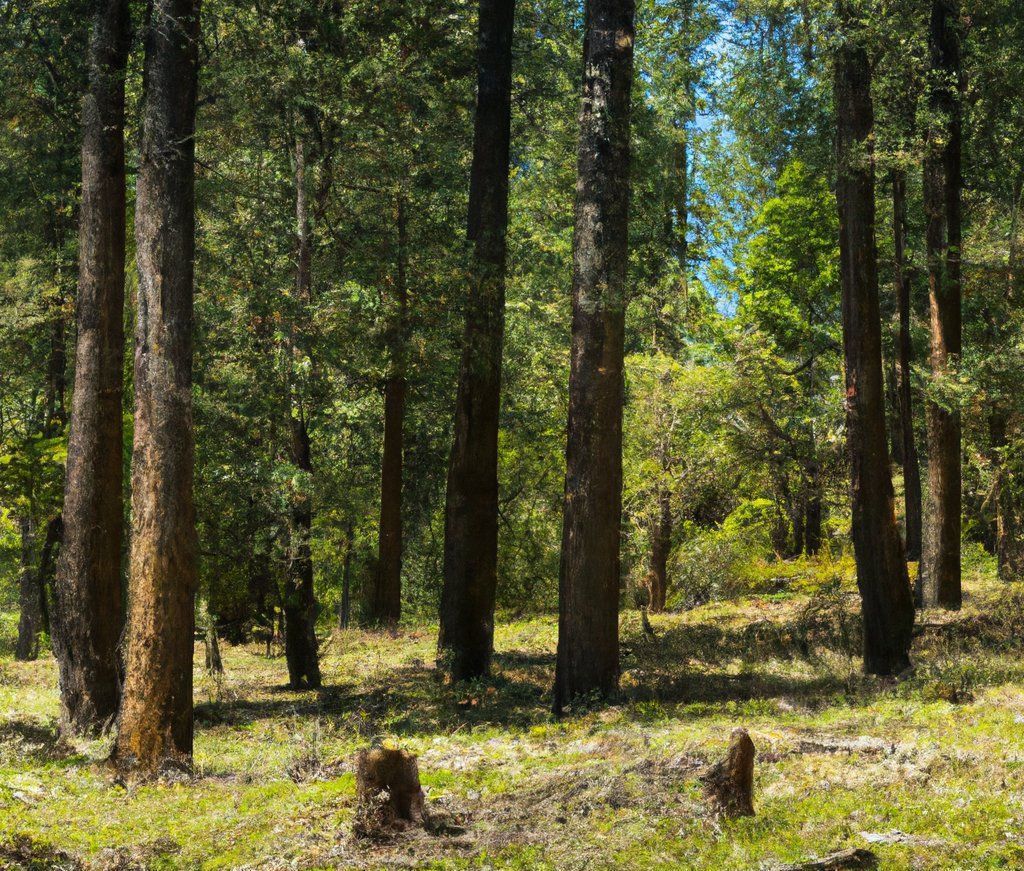What Factors Affect The Cost Of Tree Removal?
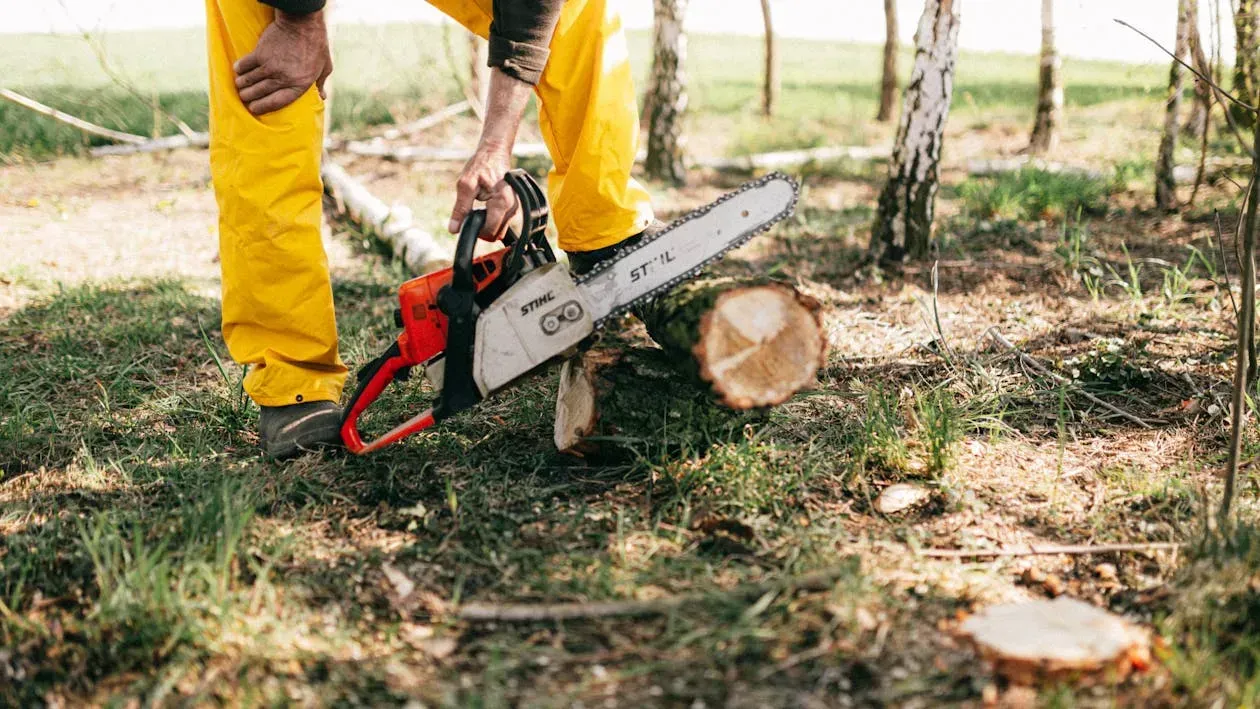
Cracking the code on tree removal costs? We've got you. If you're looking to clear some space in your yard, or if a tree is posing a risk, the first question is often about cost. This blog dives deep into what factors bump up that price tag. From towering giants in your backyard to those snugly fit next to power lines, we're covering all bases. Ready to become a savvy spender? Let’s slice into the details.
The Size of the Tree
Cost escalates with tree size. For small trees, under 30 feet, removal is straightforward, requiring minimal equipment and labor, hence lower costs.
Medium-sized trees, those between 30 and 60 feet, necessitate additional resources. This bumps up the price due to the need for more complex removal strategies.
Large trees, exceeding 60 feet, are the most challenging. They demand specialized equipment and a larger crew for safe removal. This complexity significantly increases the cost.
The Location of the Tree
The tree's location significantly affects removal costs. Trees easily accessible in open spaces are cheaper to remove than those near buildings, power lines, or other obstacles. Accessibility issues can require additional precautions, specialized equipment, and sometimes, more time to ensure a safe removal process.
Trees in confined spaces, like between houses or near utility lines, pose significant challenges. These situations may necessitate cranes or other specialized machinery to safely navigate the obstacles, driving up the cost.
Furthermore, the cost can vary based on geographic location. Removal services in urban areas might charge more due to higher operating costs compared to rural areas.
The Tree's Condition
The health and stability of a tree play crucial roles in determining removal costs. Healthy trees are generally more straightforward to remove. However, diseased, dying, or dead trees pose increased risks, often requiring specialized approaches to ensure safety, which can increase costs.
Diseased trees might be unstable or have weakened structures, making them unpredictable during removal. Special equipment or techniques may be needed to prevent the tree from causing damage as it comes down.
Similarly, trees that are dead or in severe decay present a higher risk of breaking apart unpredictably, necessitating extra precautions. This can make the removal process more time-consuming and costly.
In addition, trees in hazardous conditions, such as leaning towards a structure, entangled in power lines, or in a state that poses immediate risk to property and people, require urgent and careful handling. Emergency services for such trees typically come at a premium due to the immediate response and increased danger involved.
The Complexity of the Job
Complexity adds to the cost. This includes factors like the tree's proximity to structures, its position on a slope, or the need for traffic control if the tree is near a road. Each unique challenge may require specialized strategies or equipment, increasing the overall cost.
For trees close to buildings or power lines, precision is key. Sometimes, arborists must remove such trees piece by piece to avoid damage, a process that demands careful planning and execution. This meticulous work significantly extends the duration and cost of the job.
Sloped terrains present their own set of challenges, affecting how removal equipment is deployed and increasing the risk of injury or property damage. This requires additional safety measures, further pushing up costs.
Moreover, when trees are located in areas that affect public spaces or roads, permits may be needed, and traffic control measures might have to be put in place, adding more layers to the cost structure.
Time and Effort Required
The time and effort required for tree removal significantly impact the cost. Quick, straightforward jobs are less expensive, while complex, time-consuming tasks cost more. The duration of the job depends on the tree's size, location, condition, and the complexity of the removal.
Emergency removals, needed after storms or sudden tree failures, are priced higher due to the immediate risk and need for rapid response. These situations often require prioritizing resources and labor, which increases the cost.
Seasonal demand also plays a role. During busy seasons, such as after a storm or in peak tree care months, the demand for removal services spikes. Higher demand can lead to higher prices due to the increased workload on tree removal services.
Planning ahead can help manage costs, especially for non-emergency removals. Scheduling removal during off-peak times might result in better rates as companies have more flexibility in their schedules.
Permitting and Legal Requirements
Navigating the legal landscape is crucial. Many areas require permits for tree removal, especially for trees of a certain size or in specific locations, like conservation areas. Failing to obtain the necessary permits can result in fines, adding unexpected costs to your project.
The requirements vary significantly by location. In some cities, even removing a tree from your own property requires permission from local authorities, along with an inspection or a reason for the removal, such as disease or risk of property damage.
Additionally, some areas have specific regulations protecting certain tree species or sizes. Removing these without authorization can lead to significant legal and financial repercussions.
Cleanup and Disposal
After the tree is down, what's next? Cleanup and disposal are part of the job, often influencing the total cost. The removal of branches, leaves, and the trunk itself requires effort, time, and sometimes, additional equipment.
Options for disposal vary. Some services offer to chip the wood into mulch, which can be useful for your garden or landscaping. Others might haul the debris away for disposal or recycling, which is convenient but can add to the cost, especially if large amounts of waste or long transport distances are involved.
Stump removal is another consideration. It's not always included in the tree removal quote and can be a separate expense. Whether you choose grinding, chemical treatment, or digging out the stump, each method has its costs and benefits.
Discuss disposal options with your tree removal service upfront. Knowing what services you're getting and what you might need to handle separately (like stump removal) can help you manage costs and avoid surprises.
Additional Services
Often, tree removal is just the start. Additional services can add to the overall cost but are sometimes necessary for a complete cleanup or to prepare the site for its next use.
- Stump Removal: Leftover stumps can be an eyesore, a tripping hazard, or get in the way of new plantings. Stump grinding is a popular option, though chemical treatments or excavation are also available, each with varying costs.
- Limb Chipping: Instead of hauling away the branches and limbs, some opt for chipping. This can turn the debris into useful mulch for your property, adding value but also an additional cost.
- Land Clearing: If you're preparing a site for construction or significant landscaping, land clearing might be necessary. This involves removing not just the tree but also other vegetation, rocks, and debris from the area, which can significantly increase the project's scope and cost.
Each additional service should be considered based on your project's needs and budget. Discuss these options with your tree removal company to understand the costs and benefits, allowing you to make informed decisions about which services are worth the investment for your situation.
Frequently Asked Questions
How much does it typically cost to remove a tree?
Costs vary widely based on size, location, condition, and additional services needed. Small tree removal might start at a few hundred dollars, while large or complex removals can run into the thousands.
Can I remove a tree myself to save money?
While DIY removal might seem cost-effective, it's risky without the proper tools, knowledge, and safety equipment. Professional services ensure the job is done safely and correctly.
What's the best time of year to remove a tree?
While tree removal can be done year-round, prices may vary with demand. Off-peak seasons might offer lower rates.
Do I need a permit to remove a tree?
This depends on your location and sometimes the tree's size or species. Always check local regulations before proceeding.
Does homeowners insurance cover tree removal?
Insurance might cover removal if the tree poses a risk or has caused damage, but typically not for trees removed for aesthetic or non-emergency reasons.
Conclusion
Understanding the factors affecting tree removal costs empowers you to make informed decisions, ensuring you get the best service within your budget. From the size and location of the tree to the complexity of the job and additional services required, each element plays a crucial role in the final price. Always consult with professional tree removal services to get an accurate estimate tailored to your specific needs.
Ready to Enhance Your Landscape?
Experience the difference that over 21 years of dedicated tree care can make. Let Cyrus Tree Service transform your outdoor space into a verdant paradise, enhancing your property's beauty and contributing to Nevada County's rich ecological heritage. From tree trimming and removal to land clearing and storm damage restoration, we have the skills and expertise to meet all your arboricultural needs.
Don't wait! Give your trees the expert care they deserve. Get in touch with us today for a free estimate, and let's grow together, tall and strong. Contact us now and see why we're the preferred choice for tree care in Rough and Ready, Grass Valley, CA, and beyond.
Contact Us
We will get back to you as soon as possible.
Please try again later.

Contact Information
Phone:
Address:
2036 Nevada City Hwy, Grass Valley, CA 95945, United States of America


